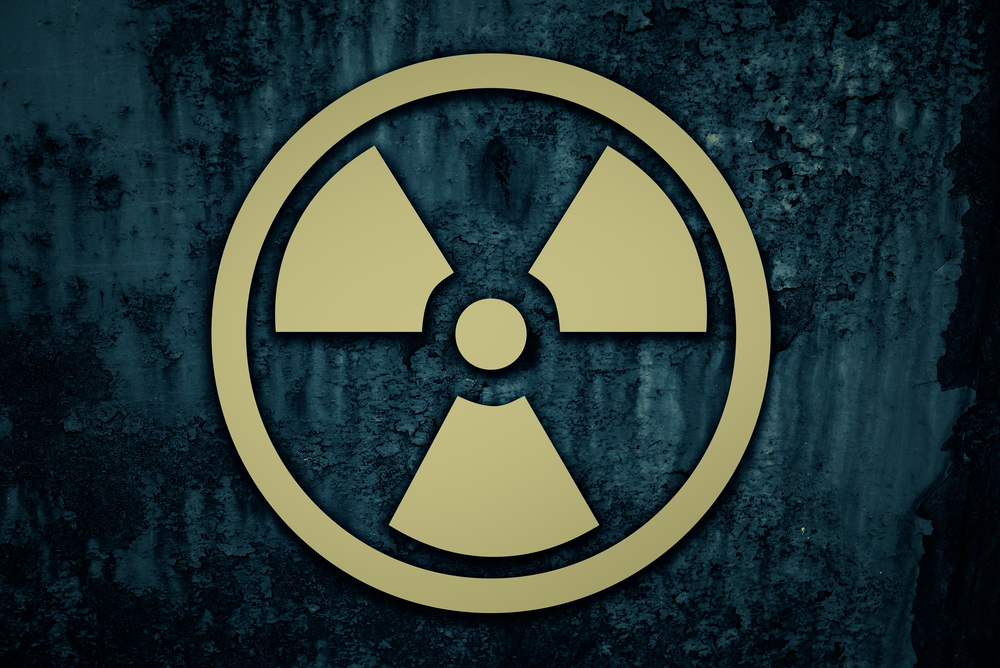The nuclear disaster that hit Fukushima a few years ago is still a very dangerous threat to this very day. Several years after the incident, there is still a high degree of contamination to take into account. In fact, tainted water inside a reactor containment vessel shows increased levels of radiation. It is evident there is still a long way to go before this disaster can be put behind us.
Fukushima Radiation Levels Are Far From Safe
It is very disconcerting to learn the radiation levels inside the Fukushima No. 1 nuclear power plant are anything but safe. In fact, the scientists tasked with monitoring the situation declared these levels are “deadly” to biotic life. According to local newspapers, the water samples show 11 sieverts per hour, which is the highest level of radiation detected in water in the containment vessel so far.
To put this number into perspective, radiation at the strength of eight sieverts will undoubtedly result in death, regardless of any treatment plans. This unit, designed to indicate the dose of radiation in a specific location, is a valuable indicator in determining how safe a location is. Right now, Fukushima is a place everyone should avoid like the plague, by the look of things. Dealing with double digits on the sieverts scale is not a positive development by any means.
These findings are not entirely surprising, though. Earlier this year, an exploratory robot malfunctioned and died after being sent into Reactor 2. At that time, the robot was – allegedly -exposed to high doses of radiation equal to 650 sieverts per hour. Keeping in mind how the previous radiation level in that reactor was “just” 73 sieverts, it is evident something is changing, but not for the better. It remains unclear what is causing these drastic changes, though.
At this time, scientists estimate cleaning up the Fukushima disaster will take at least 40 years and cost an estimated US$189m. If these radiation levels continue to increase at such an alarming pace, however, the question becomes whether or not there is a viable strategy to solve this disaster once and for all It is evident out-of-the-box thinking is direly needed, as traditional methods are seemingly making things worse.
Do not be mistaken in thinking the Fukushima radiation concerns are limited to that specific part of the world. In March of 2017, scientists claimed they found Fukushima radiation on the US coast, yet felt it posed no significant health risks. That is quite an odd statement, considering how the radiation levels are alarmingly high in Fukushima. That said, US scientists claim the radiation levels found near the US coast are 1,000 times less than what a person is exposed to during an X-ray.
While this latter part may sound normal, it is still a worrisome development Radiation from Fukushima is spreading to all corners of the world, and there is seemingly no way to clean up the oceans anytime soon. Instead, humans all over the world are ingesting small amounts of radiation without knowing it. Even if these doses are not lethal, it is not a lifestyle we humans are supposed to get used to. There is still a lot of work to be done, that much is certain.
If you liked this article, follow us on Twitter @themerklenews and make sure to subscribe to our newsletter to receive the latest bitcoin, cryptocurrency, and technology news.

